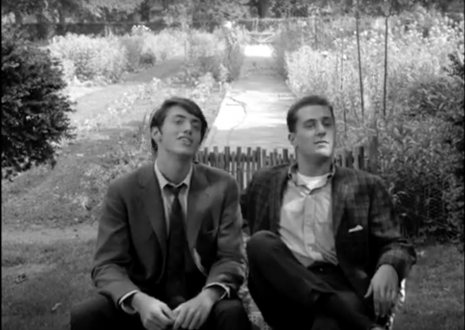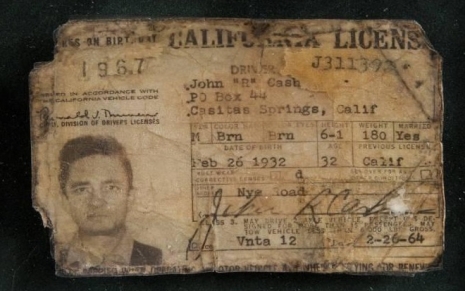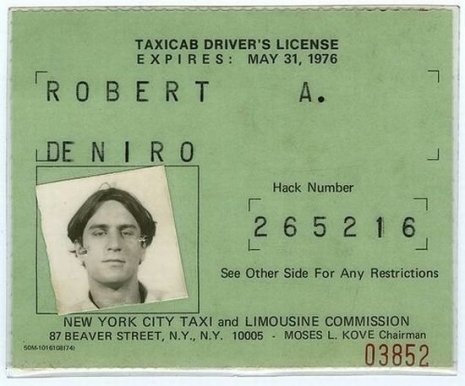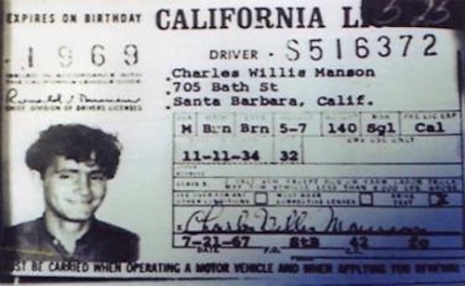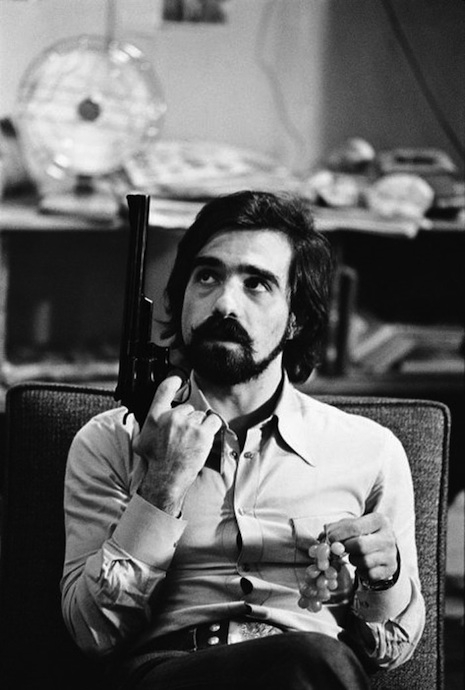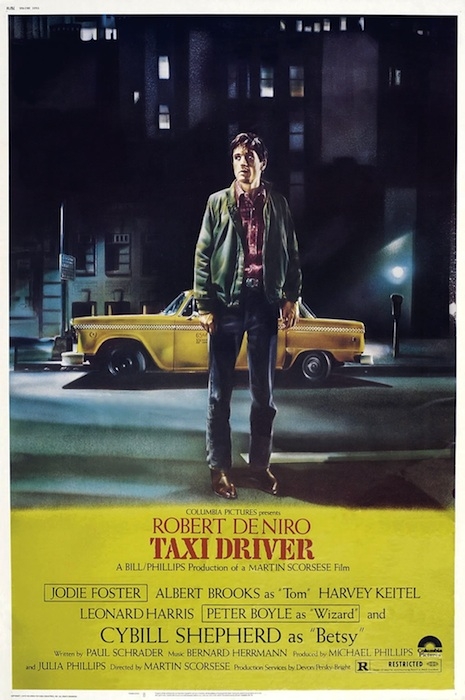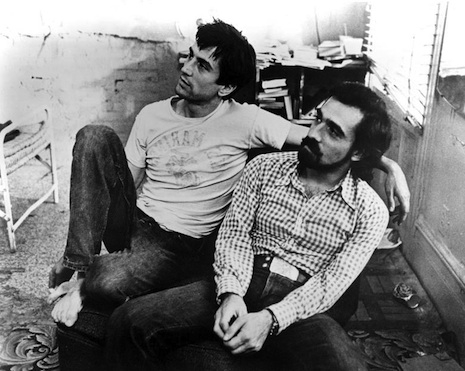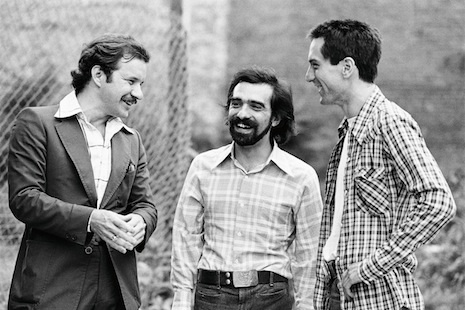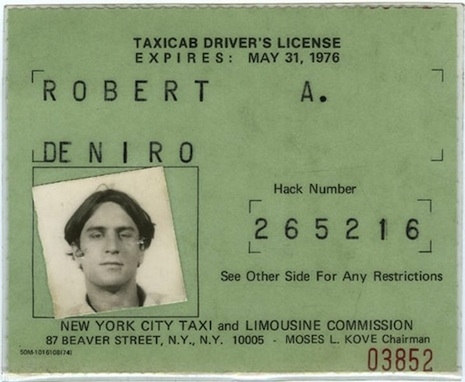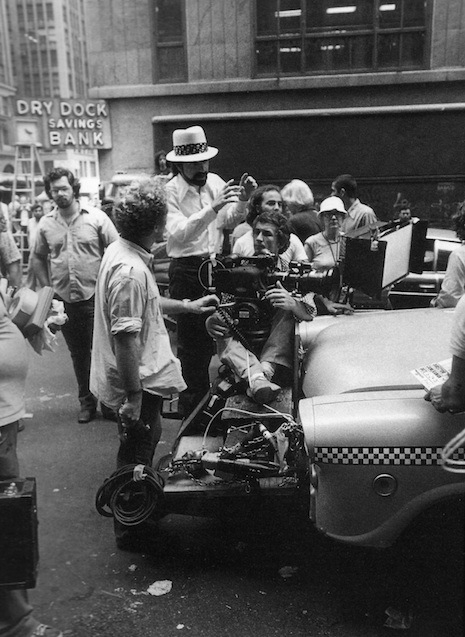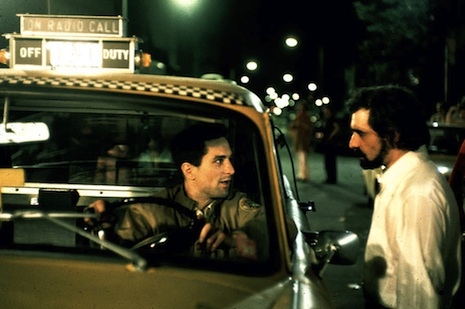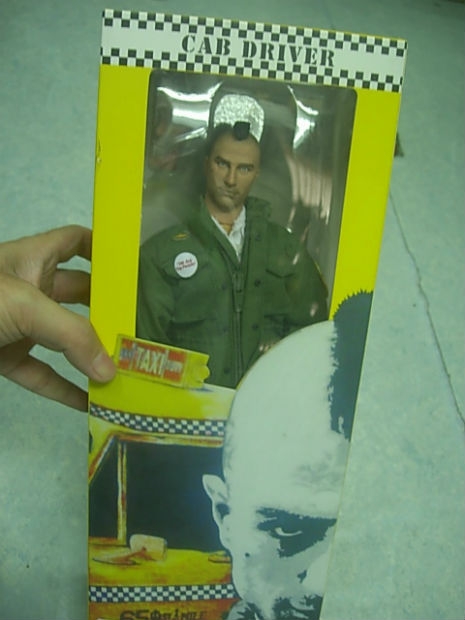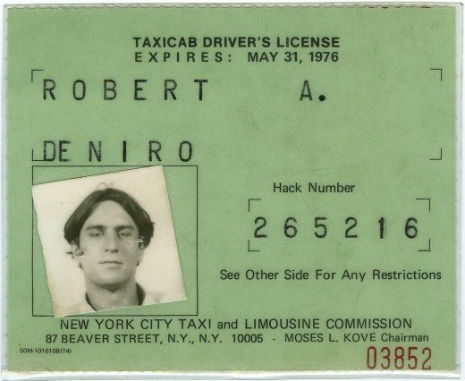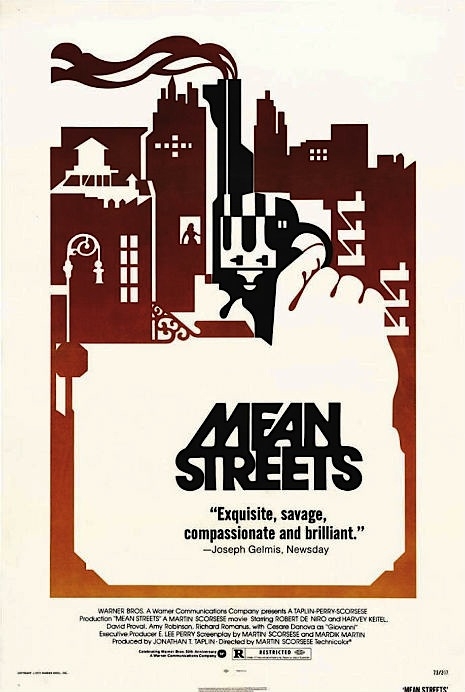
I saw Mean Streets in my teens on late night TV after the parents had gone to bed and I’d stolen a couple of my mother’s cigarettes to smoke. Fourteen going on fifteen and pretending to be grown-up, but once more being made aware by that picture box in the corner of a world somewhere out there where things really did happen. That’s what Mean Streets made me feel. It made me want to go and live in New York and find and meet the people who made this film and learn more about them and their lives. It was a fantasy, just like the fantasy world Robert De Niro’s character, Johnny Boy, lived in, yet, there were some connections that made sense. When you’re a kid, if you can’t be a superhero then you want to be a gangster. I guess you could say I unfortunately had the pedigree for that—one uncle had served time convicted of manslaughter, another robbed a Territorial Army barracks for weapons but left drunk laden only with booze. I was working class and raised a Catholic with family hopes of the priesthood and was all too aware of that old country superstition that kept Harvey Keitel’s Charlie in check—the fifteen decades of the holy rosary and the candle-lit novenas to saints. How their world of Little Italy was caught between the traditions of the past and the monetary reality of the future which loomed large on screen in the form of the newly built Twin Towers.
The title for the film came from Raymond Chandler, who wrote in The Simple Art of Murder:
In everything that can be called art there is a quality of redemption. It may be pure tragedy, if it is high tragedy, and it may be pity and irony, and it may be the raucous laughter of the strong man. But down these mean streets a man must go who is not himself mean, who is neither tarnished nor afraid.
According to the producer Jonathan Taplin, Martin Scorsese had wanted to make Mean Streets for so long that he had “literally drawn out every single shot.” In 1970, Scorsese briefly moved out to LA to make the big time in movies and find someone to produce his film. He met Taplin at his house and they talked by the swimming pool. Taplin in trunks, Scorsese wearing a long black leather coat, like the kind the Gestapo used to wear in those wartime B-movies. All through their discussion under the blazing Californian sun, Scorsese never took off the coat, just sat melting into the deckchair, enthusing about his project. LA was not Scorsese’s kind of a town, New York was what he knew and what he liked.
Growing up in Little Italy, Scorsese had first considered being a priest, like a lot of Catholic boys do, but found a better vocation from watching movies on TV. This was where he learnt his trade, watching B&W films on television. For a time he attended seminary school, but gave it up to study film at NY University. Here he met the first of the people who would later play a major part in his life: a young court stenographer called Harvey Keitel and an Iranian born immigrant called Mardik Martin. Together this trio of ambitious film makers would star, write and direct in Who’s That Knocking at My Door? (1967), a film that took four years to make, which explains why Keitel visibly aged during its 90 minutes.
When he moved to LA Scorsese wanted to make a film about Little Italy and the people who lived there. He had a story, a script, one actor, and all he needed was the finance. Taplin had worked with Bob Dylan and had relocated from the east to the west coast with an ambition to make big movies. If he could organize 150 Dylan concerts then he could certainly put a movie deal together. Taplin raised the $500,000 needed and Scorsese went back east. The final piece of Mean Streets came together when Scorsese auditioned a young actor called Robert De Niro. The pair hit it off from the very first meeting mainly because, as De Niro later explained:
We were both brought up in the same area, and we see things the same way, I think, also, we both had a sense of being outsiders.
Mean Streets was shot quickly, on location, on the streets, with real people in the background not extras. Scorsese shot up to 36 set-ups a day often hand-held which gave the film a rough urban documentary feel. From its opening shots it felt like you were watching real people living real life—not actors saying lines on the screen—which is probably why I wanted to go live in Little Italy when I first saw the film all those years ago.
This selection of behind-the-scenes photographs captures Martin Scorsese directing Harvey Keitel, Robert De Niro and the co. during the making of Mean Streets.



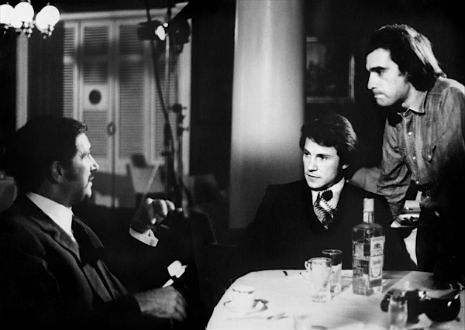
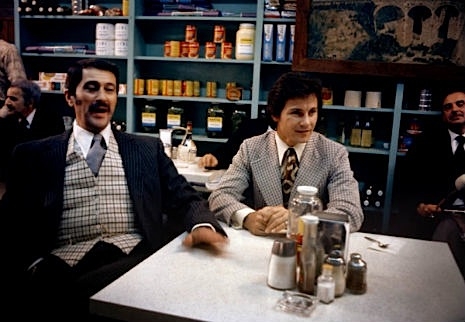
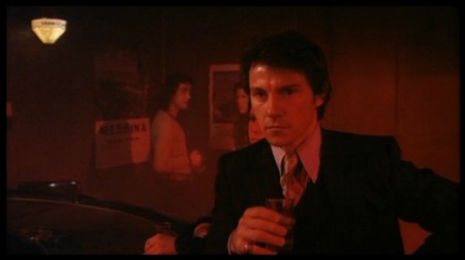
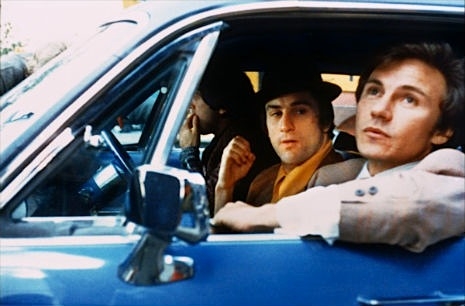
More urban realism from ‘Mean Streets’ after the jump…

